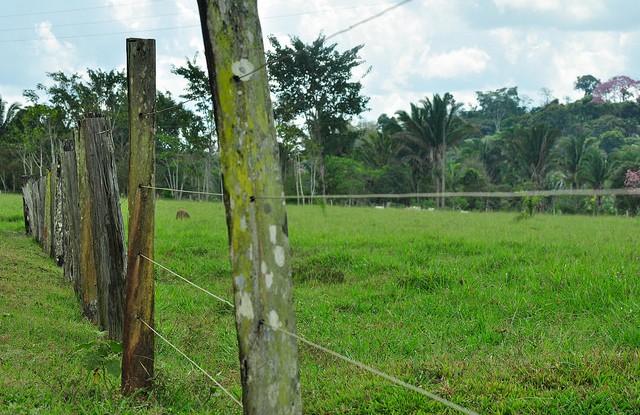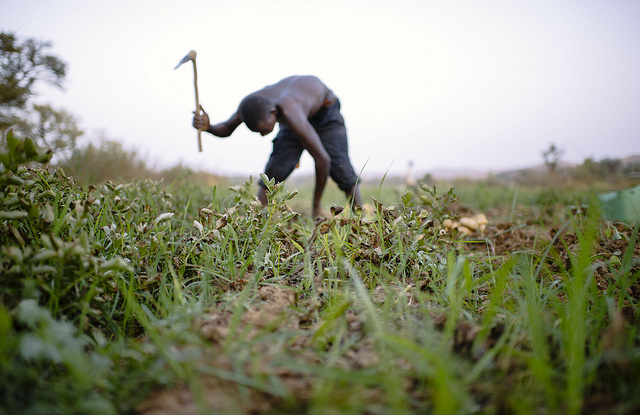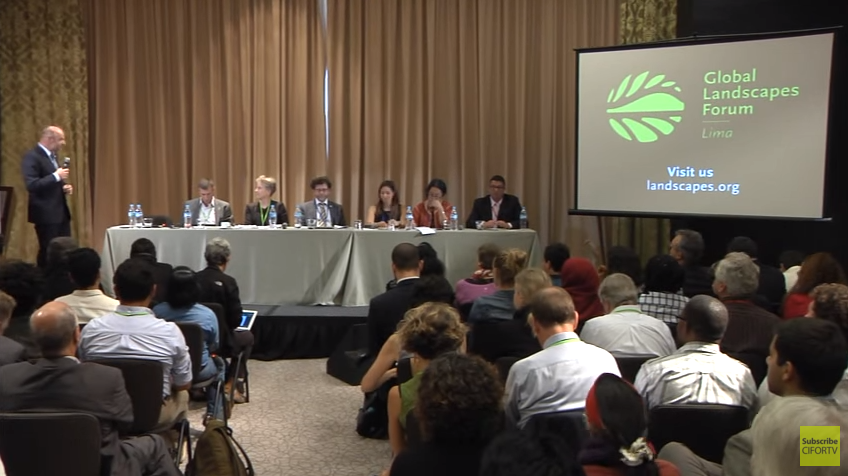It is well known that property rights, which govern how individuals can control, benefit from and transfer property, influence the condition of natural resources and environments around the world.
Yet there remains much to learn about the nature of that relationship.
A recent systematic review of literature on the subject—to be presented this week at the World Bank Conference on Land and Poverty—shows that while it is fraught with complexity, there is evidence that different property rights regimes can and do shape environmental impacts.
This is of particular importance for those seeking to advance sustainable resource use, conservation and poverty reduction objectives, since property rights to natural resources comprise a major policy instrument.
The review, which examined 30,000 references, was narrowed down to 108 relevant articles and the total number of case studies analyzed to 342 since some of the articles analyzed more than one case study. It examined three resource systems in developing countries, namely forests, fisheries and rangelands.
These resource systems not only support most of the world’s biodiversity and provide most global ecosystem services, but they are also crucial to the livelihoods of millions of people.
In our analysis, we took a “bundle of rights” approach to look at how three kinds of property regimes affect these resource systems. These include “common” property rights that belong to a defined group of people or community, “state” rights that belong to any level of government, “private” property that belongs to an individual or a corporation, and “mixed” regimes that involve a combination of two or more of these regimes. We also compared environmental outcomes against “open-access” situations, defined as situations with the absence of a property rights regime, with everyone and no one having control of the resources in a particular system.
By examining evidence both within and across different resource systems and between different world regions, we are able to draw robust conclusions about the impacts of different property rights regimes and how they are shaped by social-ecological context.
Results from fisheries and forest resource systems suggest that avoiding open-access situations and transferring/granting user rights to communities usually led to positive environmental impacts.
Comparisons between property rights regimes demonstrate that community regimes have better environmental impacts than open-access regimes, but generally worse impacts than private and state regimes across the three resource systems. State regimes more often lead to better or similar results when compared with open-access, private, and mixed regimes, as is the case for private and mixed regimes when compared with open-access regimes. In all cases, mixed regimes refer to state and community co-management arrangements.
DIFFERENCES ACROSS CONTINENTS
In Latin America and Africa, the literature indicates that community ownership tends to foster worse environmental outcomes than state property regimes, while in Asia the reverse is true. To wit, an analysis of the literature on 14 cases from Latin America shows that community performs worse than state, with only five cases where community ownership results in better resource stewardship than does state. All 10 cases from Africa report that community performs worse than a state property regime. And a review of 16 cases in Asia shows community property rights outperforming state ones, compared with just seven that report the state outperforms community property regimes when it comes to environmental and natural resource stewardship.
There were no data comparing community and private property regimes from Africa and Asia. However, where data are available in Latin America, results are ambiguous; it is difficult to conclude whether community performs better or worse than do private property arrangements.
As expected, all property rights regimes are better for environmental outcomes and natural resource management than is open access situations.
KEY TRENDS
Several interesting results emerged that are worth highlighting. Community regime outcomes are better than are open access regime outcomes across all three resource systems. When it comes to comparing state versus community property regimes, there is no clear conclusion, as the evidence points in both directions. Mixed regimes (with some state and some community property rights) generate either similar or better environmental impacts than do those with open access, but compared with state regimes the differences are less pronounced.
RESEARCH SIGNIFICANCE
The review improves on existing literature in three distinct ways. First, it covers different property rights regimes. Second, it covers different resource systems. Third, it unpacks each property rights regime according to the bundle of rights for more meaningful comparison across different contexts. Available literature has focused on forests, fisheries or rangelands, but has not examined the links between property rights regimes and environmental outcomes across these resource systems. Also, few studies compare impacts across geographical regions. The existing evidence base is therefore highly fragmented.
But that is not all. Our review also revealed critical gaps in research. We found there were few studies using temporal comparisons, weakening causal relations between property rights and natural resources conditions. For instance, we found only one study focusing on rangelands that used the before-and-after design. There are also remaining disagreements in the literature on what are the most appropriate indicators and measurements of environmental outcomes across resource systems.
Despite the above gaps in the existing literature, our preliminary findings identify key questions for further research. Why, for instance, do communal rangelands always perform worse than state controlled rangelands in Africa? Also, why does state control of fisheries result in similar environmental outcomes to open access situations in Latin America, contrary to expectations? And why do communal forestry arrangements in Africa and Latin America perform worse than do state property regimes, whereas they perform better than state ones in Asia?
All of these questions call for a deeper analysis of contextual factors when it comes to different property regimes, natural resources and environmental impacts.
Baruani Mshale is a post-doctoral fellow with CIFOR. He can be reached at b.mshale@cgiar.org.
CIFOR’s research on land tenure forms part of the CGIAR Research Program on Forests, Trees and Agroforestry.
We want you to share Forests News content, which is licensed under Creative Commons Attribution-NonCommercial-ShareAlike 4.0 International (CC BY-NC-SA 4.0). This means you are free to redistribute our material for non-commercial purposes. All we ask is that you give Forests News appropriate credit and link to the original Forests News content, indicate if changes were made, and distribute your contributions under the same Creative Commons license. You must notify Forests News if you repost, reprint or reuse our materials by contacting forestsnews@cifor-icraf.org.


